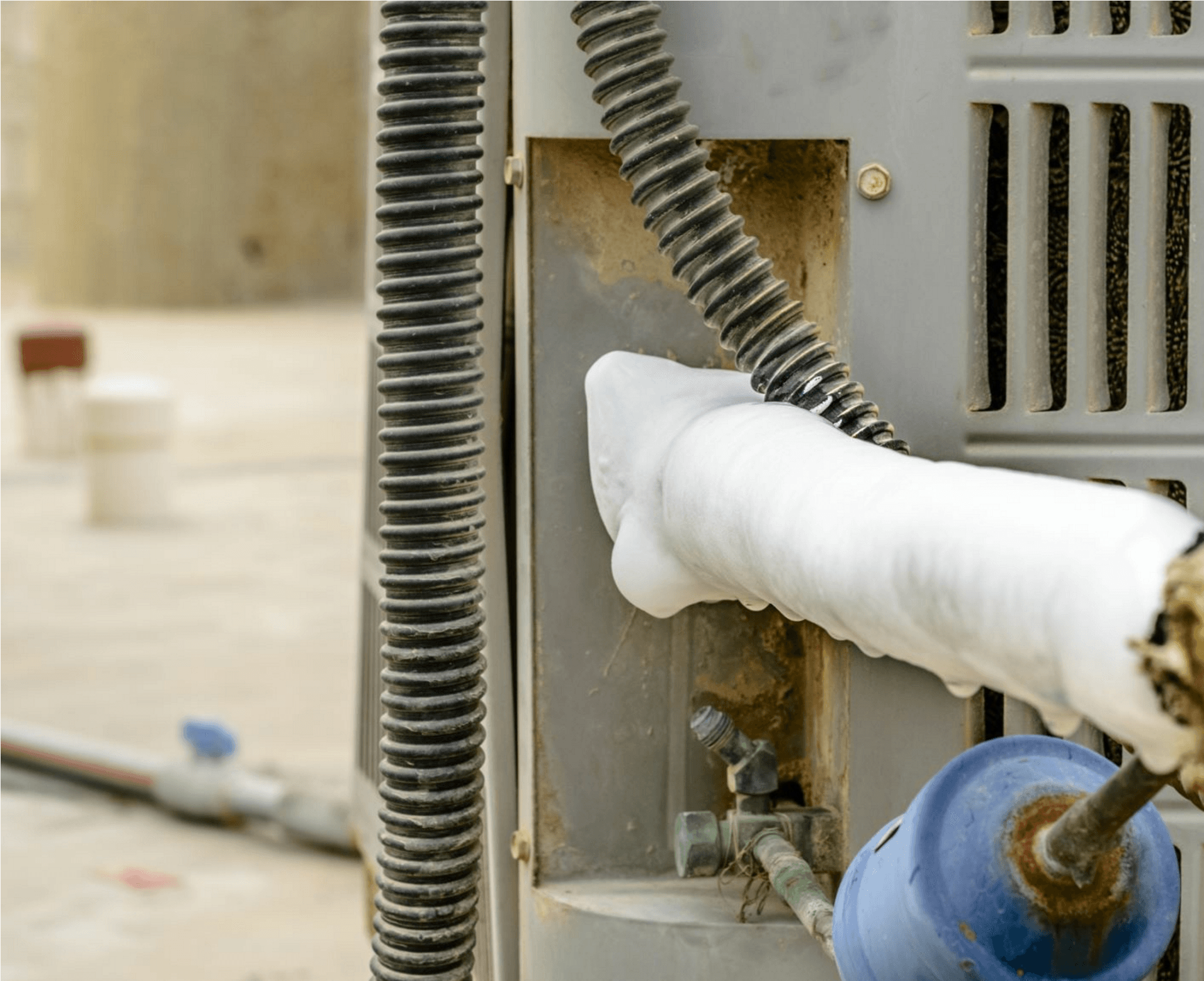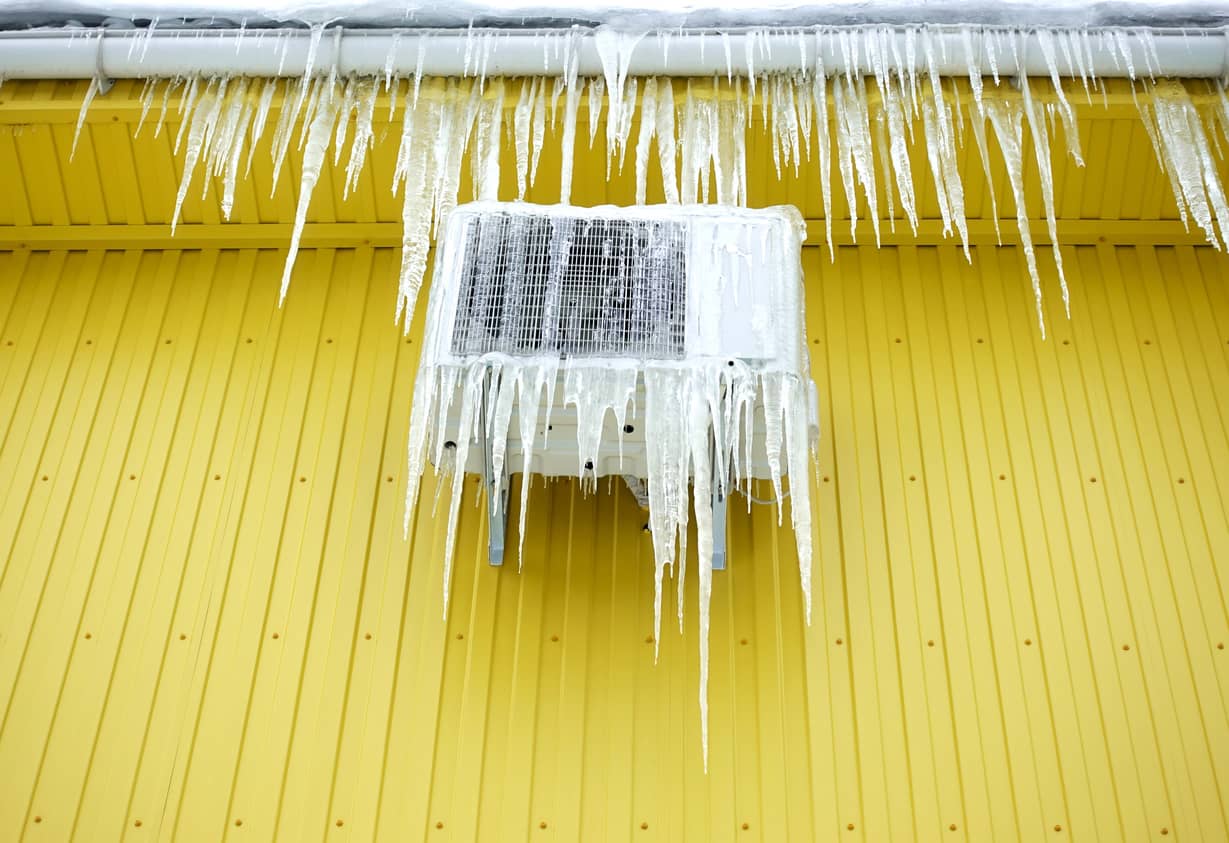Advice on Unfreezing a Frozen AC Pipe - Reinstating Normal Functionality
Advice on Unfreezing a Frozen AC Pipe - Reinstating Normal Functionality
Blog Article
In this article in the next paragraph you can discover a lot of outstanding material regarding What Do I Do If My AC Pipe Is Frozen.

Introduction
Discovering that your AC pipe is frozen can be concerning, especially throughout hot summertime when you rely upon your air conditioner the most. Comprehending what to do in such a circumstance is crucial to avoid additional damages to your cooling system and ensure your convenience inside your home.
Recognizing the Causes
A number of variables can contribute to the freezing of an air conditioner pipe. Comprehending these reasons can aid you address the issue efficiently.
Lack of Airflow
One common reason for a frozen air conditioning pipeline is inadequate air flow. When the air flow over the evaporator coil is limited, it can trigger the coil to drop below freezing temperature, causing ice development on the pipeline.
Low Refrigerant Levels
Inadequate cooling agent degrees in your AC system can also result in an icy pipeline. Reduced refrigerant degrees can cause the stress in the system to drop, leading to the cold of moisture on the evaporator coil.
Cold Weather Conditions
In chillier climates, freezing temperature levels outside can contribute to the cold of air conditioning pipes. If your air conditioning unit is not effectively protected or if there are leakages in the ductwork, chilly air can infiltrate the system, creating the pipeline to ice up.
Dirty Air Filters
Dirty or clogged up air filters can restrict air flow in your air conditioner system, resulting in numerous issues, including an icy pipe. It's essential to replace or cleanse your air filters frequently to make sure appropriate air movement and avoid ice build-up.
Signs of a Frozen Air Conditioning Pipe
Acknowledging the signs of a frozen AC pipeline is vital for punctual activity.
Reduced Airflow
If you see a substantial reduction in air flow from your vents, it could show a frozen pipeline.
Ice Buildup on the Pipe
Visible ice accumulation on the cooling agent line or the evaporator coil is a clear indication of a frozen AC pipeline.
Unusual Sounds from the Unit
Uncommon noises, such as hissing or bubbling, coming from your AC unit can signify that there's ice present on the pipe.
Immediate Actions to Take
When confronted with an icy air conditioning pipeline, it's necessary to act swiftly to avoid further damage to your cooling system.
Turning off the air conditioning
The first step is to shut off your a/c to prevent the system from running and intensifying the issue.
Looking for Blockages
Examine the location around the indoor system for any type of obstructions that may be obstructing air movement, such as furniture or drapes.
Defrosting the Pipe
You can utilize mild techniques like putting towels taken in cozy water around the frozen pipeline to help thaw it slowly.
Safety nets
Taking preventive measures can aid stay clear of future events of a frozen air conditioner pipe.
Routine Maintenance Checks
Set up regular upkeep contact an expert HVAC professional to make certain that your air conditioning system is running effectively.
Altering Air Filters
Regularly change or cleanse your air filters to prevent air movement restrictions and keep optimum efficiency.
Insulating Exposed Pipes
If your a/c pipelines are revealed to cold temperature levels, think about insulating them to avoid cold during winter season.
Looking For Professional Help
If DIY methods fall short to solve the concern or if you're unclear about exactly how to continue, it's finest to seek assistance from a qualified HVAC technician.
When DIY Methods Fail
If your attempts to thaw the pipeline or address other problems are unsuccessful, it's time to call in an expert.
Importance of Hiring a Professional HVAC Technician
A certified HVAC service technician has the know-how and devices required to detect and repair problems with your a/c system securely and effectively.
Final thought
Taking care of an icy AC pipe can be an irritating experience, however recognizing how to respond can assist lessen damage and restore comfort to your home. By understanding the causes, identifying the indications, and taking prompt activity, you can effectively deal with the concern and stop future events.
What to Do If Your AC Line Is Frozen
Make Sure All Supply and Return Air Vents Are Open
If you notice problems with airflow, the first thing you should do is check your supply and return vents. Supply vents distribute clean, conditioned air throughout your home. As this air becomes stale, it’s pulled into the return vent, where it’s reconditioned before being sent back out through the supply vent.
When these vents are closed, air won’t flow in the home. Before examining your AC, check the vents in every room and ensure they’re all open.
Check for a Dirty Air Filter
Another possible cause of limited airflow is a dirty air filter. Your air conditioner’s filters catch elements you don’t want to breathe in, such as dirt and dust. Over time, filters can become clogged, ultimately blocking air from flowing in and out. The lack of airflow can then cause the entire coil to freeze and will completely restrict any air from moving through it. The AC may need to be powered off for one to two days to allow the coil to thaw after replacing the filter to allow proper functioning of the unit. This debris can also accumulate on your AC’s evaporator coil, requiring a more serious repair. In general, air filters should be cleaned regularly (about every two weeks).
Assess Your Outdoor Unit
In addition to checking your AC, assessing the outdoor unit is a good idea. Also known as the condensing unit, it works with your interior unit to release heat outside. An issue with the outdoor unit can result in rising internal temperatures.
Overgrown Shrubs or Clogged Leaves
From leaves and twigs to shrubs and debris, there’s no shortage of outdoor elements that can accumulate around your condensing unit. When these elements get lodged inside the unit, they can block airflow. Fortunately, removing the blockage can solve the problem.
Sounds of a Broken Fan
Shrubs and leaves aren’t the only things that can impede your outdoor unit’s airflow. If the fan is broken, the unit won’t be able to properly get rid of heat — which means the internal temperature won’t go down. First, make sure the fan is spinning. If it is, check for the following sounds of a broken fan:
Buzzing Rattling Screeching Hissing Clicking Preventative Measures
Nobody wants to deal with a frozen AC line. In addition to causing problems with your air conditioner, they require professional repairs. On the bright side, there are preventative measures you can take to help ensure this issue doesn’t arise in the first place.
https://www.coopergreenteam.com/blog/what-to-do-if-ac-line-frozen

Do you appreciate reading up on Have a Frozen AC Line? Here’s How to Fix It? Try leaving a remark down below. We would be delighted to hear your ideas about this blog post. Hoping to see you back again in the near future. In case you enjoyed our page if you please remember to pass it around. I am grateful for your time. Kindly visit our website back soon.
Call Today Report this page